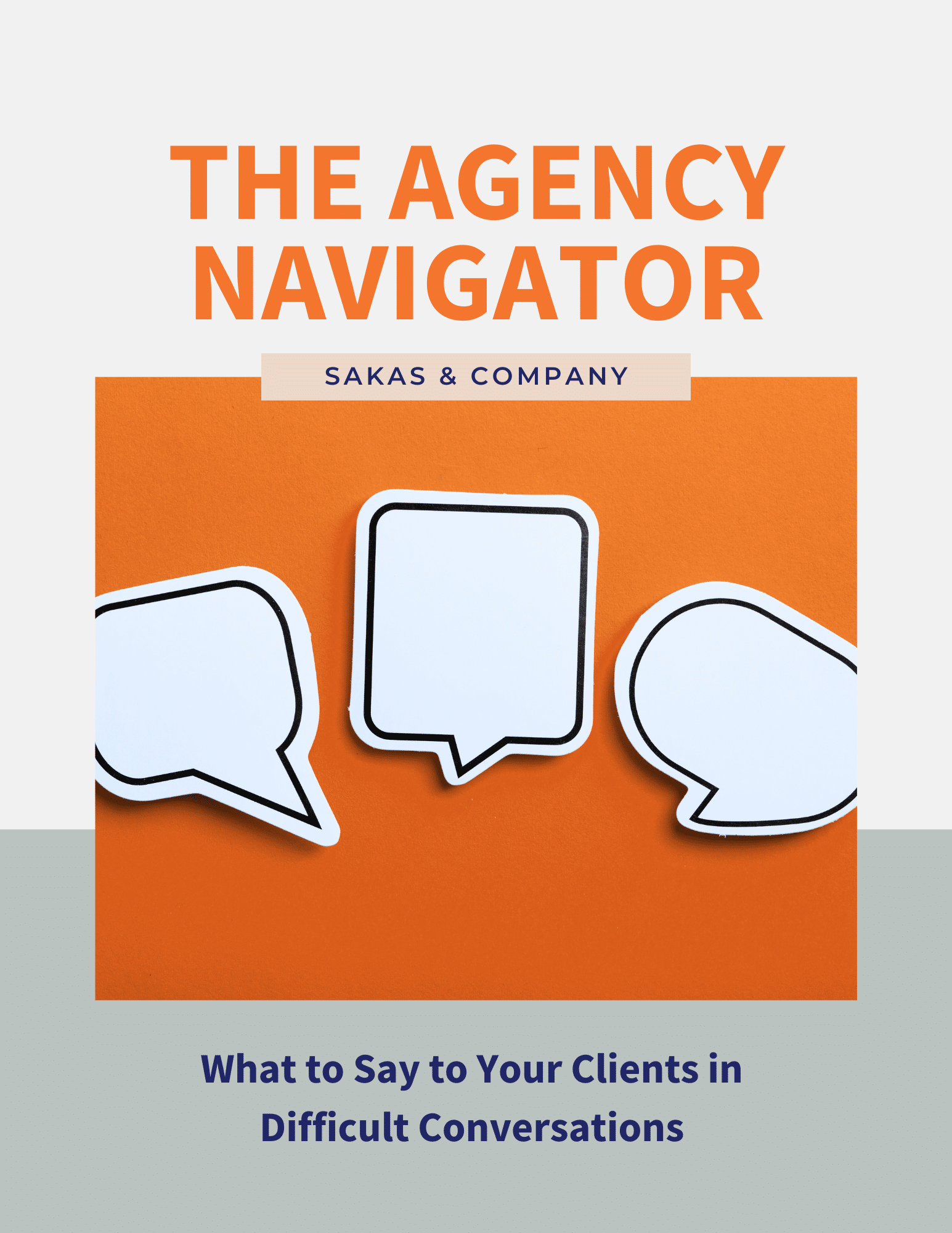I’ve held Office Hours—free and open to the public—since January 2014. That’s hundreds of meetings, after subtracting weeks when I was out of town. Mine are [nearly] every Tuesday in an independent coffee shop near my office. Since COVID-19, I’ve switched to monthly online Q&A’s.
You should do Office Hours, too—it’ll help your agency on sales, recruiting, and time management.
I got the idea from technologist Beck Tench, who previously ran weekly Office Hours every Friday evening at a bar near her office. They were a chance for people to drop by, to chat, and to connect with each other.
Here’s more on the “why”—and advice on the “how,” too, to help you learn from my 6+ years experience of doing Office Hours.
Why you should do Office Hours
I get lots of requests to meet—I bet you do, too. Yet if I say “yes” to every meeting, I’d have no time for anything else. Meetings are interruptive—I don’t want to do a meeting unless there’s mutual value.
Yet the reality is that some low-value meetings turn out to be medium- or high-value meetings. If you say “no” to every meeting, you’ll miss those arbitrage opportunities. Office Hours let you fit things in.
Office Hours aren’t for hot-prospect sales meetings
If someone’s a prospective client, I’m always glad to make time—that’s how sales works. I intentionally block-in sales time on my calendar ahead of time—for the entire calendar year, in fact—so I can typically say “yes” to a sales meeting within a day or two.
If it’s not sales but someone I know has introduced us—especially if it comes with a strong “you should meet” recommendation—I’ll make time, even if it might be a phone call as I’m driving to something else.
Office Hours are for fuzzier, more one-sided meetings
But what about those fuzzier meetings—when someone’s looking for free advice, or when someone’s trying to sell me something? Or someone wants career advice?
I want to be helpful, but I can’t afford to do one-on-one meetings with everyone who requests them.
Office Hours are a great solution for handling one-sided, low-value (to you) meetings—because then instead of saying “no,” I can say:
“I’m glad to meet. The easiest option is via my weekly Office Hours in downtown Raleigh. The next opening is Tuesday the Xth. I’m available 11:30am to 12:30pm. Did you want to do a 30- or 60-minute block?
Why you benefit from moving a one-sided conversation to Office Hours
When you move a low-value meeting to Office Hours, you accomplish at least five benefits:
- Office Hours let you say “yes” to more people, because you’re saying “yes” on your terms. And since Office Hours are already on your calendar, the meeting isn’t taking up extra time on your calendar.
- Office Hours automatically limit the scope of what you can cover, since (for mine) they’re inherently a maximum of 60 minutes long. No one’s going to get a $30K consulting project in an hour of chatting.
- Office Hours force the requestor to come to you, at a time that works for you. I find 30-50% of requestors disappear when they have to take this extra effort, which makes me glad I didn’t carve out special time to meet with them.
- Office Hours give you a process to channel requests for free advice. It’s like when a doctor gets buttonholed for free medical advice at a cocktail party—their standard response should be, “Glad to help. Here’s my card; my office can make an appointment.”
- Office Hours give you a window into the requestor’s values. Do they offer to buy me coffee? Do they text if they’re running late? If they scheduled a month in advance, do they email the day before to confirm we’re still on? These are small but helpful clues. (Note: If someone’s a student or unemployed, I decline their offer to pay for coffee.)
You can probably think of additional benefits to Office Hours, based on your own situation!
How to create your ideal Office Hours
The whole Office Hours concept comes from academia—professors have Office Hours once or twice a week for students to drop by to get advice. It lets them give advice, without dealing with the hassle—or interruptiveness—of doing one-off meetings every time one of their hundreds of students needs help.
Based on my experience, here’s how to create your ideal Office Hours as an agency owner.
1) Decide whether these are your Office Hours, or your agency’s Office Hours
Either approach can work. Since I’m the sole consultant at Sakas & Company, my Office Hours are solo. But as an agency owner, you should consider making your Office Hours be about your agency.
Why the “agency Office Hours” approach? It makes it easier to meet with multiple guests. It also makes it easier if you’ll be out of town or on vacation—you can send someone else, instead of needing to cancel the Office Hours.
2) Hold your Office Hours in a public place (or online).
Don’t meet at your actual office—you don’t want random people showing up there. A coffee shop works best, although you could opt for a bar if that’s a better fit for your agency’s culture.
I like that my Office Hours location—Videri Chocolate Factory—is a local, independent business. And it being a chocolate factory adds an interesting spin to the location—everyone smells chocolate when they walk in the door.
Pick a place that’s within walking distance, or perhaps a short drive. You don’t want the location to be a hassle. I also like that Videri has free parking, which makes it easier for people who drive to meet me.
Pick a place that fits your agency’s culture—if your clients are all large corporations, Starbucks might be better for you than the independent place. Go with what works for you.
3) Weigh whether to offer online and/or in-person Office Hours.
The Raleigh metro area has 2+ million people—not tiny, but also not New York or London or Tokyo.
If you’re based in a more remote area, you’ll want to weigh whether to do virtual Office Hours (by phone or video). I recommend video, since it’s easier to connect with people when you can see them.
Options include Zoom, Google Hangouts, or other video conferencing tools. I like Zoom—you can schedule a recurring meeting, which lets you re-use the same link each week. Ultimately, Zoom or similar is more private (for guests) than a public discussion via Google Hangouts.
4) Keep things lightweight.
Don’t over-complicate this—remember, Office Hours are designed to make it easy for you to meet with people.
For example, I don’t send calendar invitations for Office Hours—I figure it’s up to my guest to keep track of that. (I do send calendar invitation for client and prospect meetings.)
Meeting in the same place each week makes it a habit. If you shift the location or time, it becomes harder to remember where to go each time.
If you do online meetings, have the same URL each time. You don’t want to be getting calls or emails a few minutes before things start, as people aren’t sure what URL to use.
5) Be consistent—don’t skip Office Hours without a good reason.
Once I started doing Office Hours, I made sure to schedule meetings around them. Unless I’m out of town for a client on-site or a speaking engagement, I’m at Office Hours—no wiggle room.
Why? I don’t want people to show up and find I’m not there. That’s not good for my reputation.
6) Manage expectations when you’ll be away.
For days I know I’ll be away, I list them on my Office Hours landing page. I also schedule social media posts ahead of time in case someone checks my feed before heading over.)
My posts include a note on my next opening, to make it easier for people to schedule things.
7) Consider doing a trial at first.
Not sure you want to keep up the commitment? That’s fine—I started with a 3-month trial, and then I extended it to a 6-month program. Once I realized I was on track for a year, I decided to make it a permanent thing.
Might I stop? Perhaps, but I see too many benefits right now to stop. I bet you’ll see some great benefits, too. [Update: Early 2020 marks six years of my doing ongoing Office Hours… which translates into hundreds of Office Hours sessions.]
8) Have a landing page with info about how it works.
Here’s my Office Hours landing page. I explain what they are, what it includes (and doesn’t include), when and where we meet, and dates when I know I won’t be there.
I also give people an option to sign up beforehand—in my case, they just email that they plan to come at a certain day/time.
I note that Office Hours are free and that anything we discuss is confidential—apart from what you might expect from having a conversation in public, of course.
If you hear from someone who’s a good fit for Office Hours, send them a link—it saves you some typing. Likewise if someone requests free advice—you can point out this is your channel for free advice.
9) Bring coworkers to Office Hours.
Unless you decide your Office Hours should be a “you only” thing, bring a colleague or two. It’ll make it easier for them to step in when you’re away. It also lets them absorb what you think about certain topics (which helps make them more self-sufficient) and builds your connection with them.
10) Redirect people to paid engagements, where appropriate.
In (now) six years of doing Office Hours, I haven’t had a problem with people abusing the free service—e.g., showing up every week for advice, instead of hiring me as an agency consultant. But if that did happen, I’d point out the appropriate options based on their needs.
11) Have something to work on if no one shows up that week.
Sometimes, no one shows up. That’s fine—I bring my laptop and I can use any downtime to work on other things.
Applying this at your agency
Ultimately, the goal is to offer value without over-extending yourself or your agency. Try it out—I bet you’ll be pleasantly surprised!
Question: What will it take to launch your own public Office Hours?


